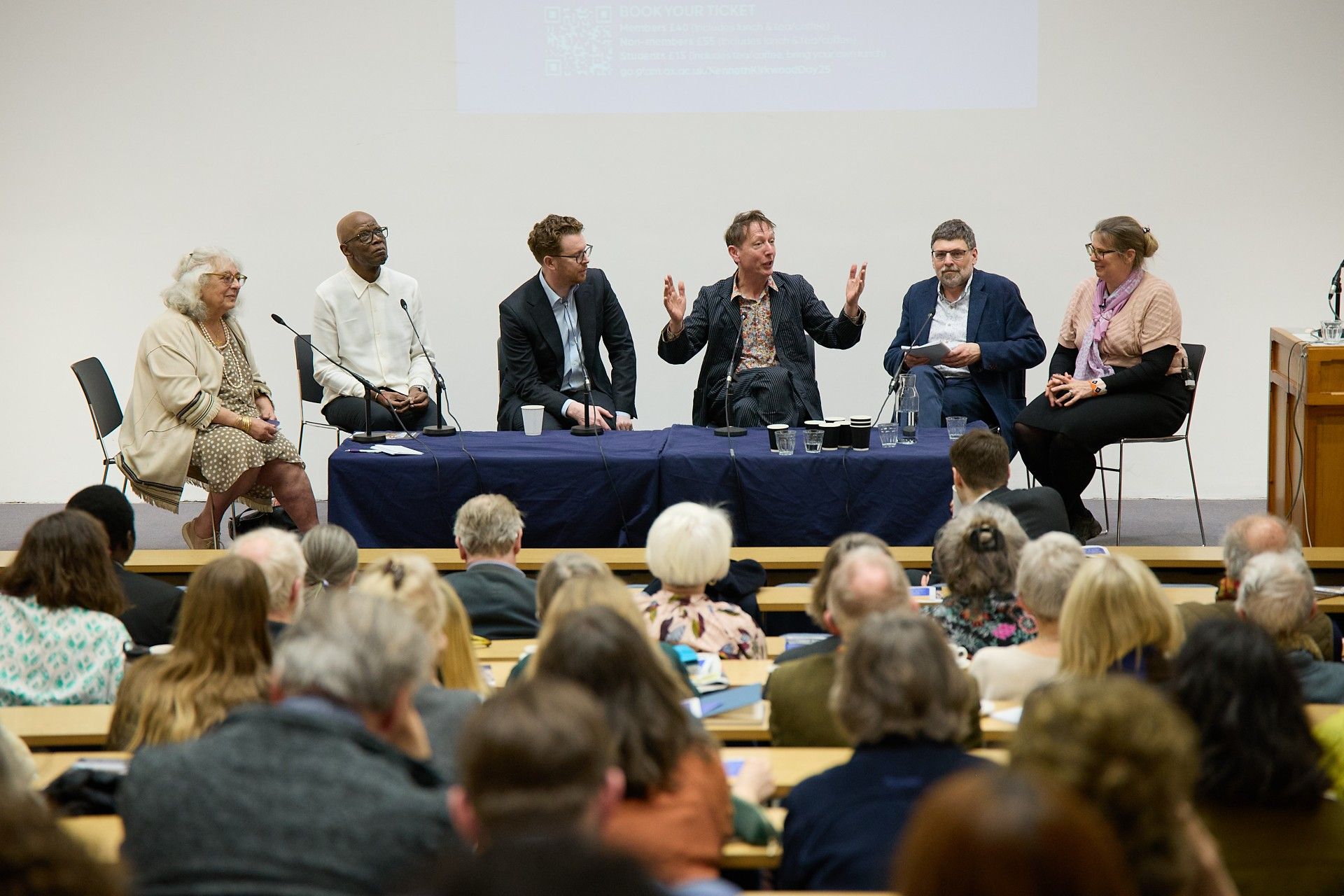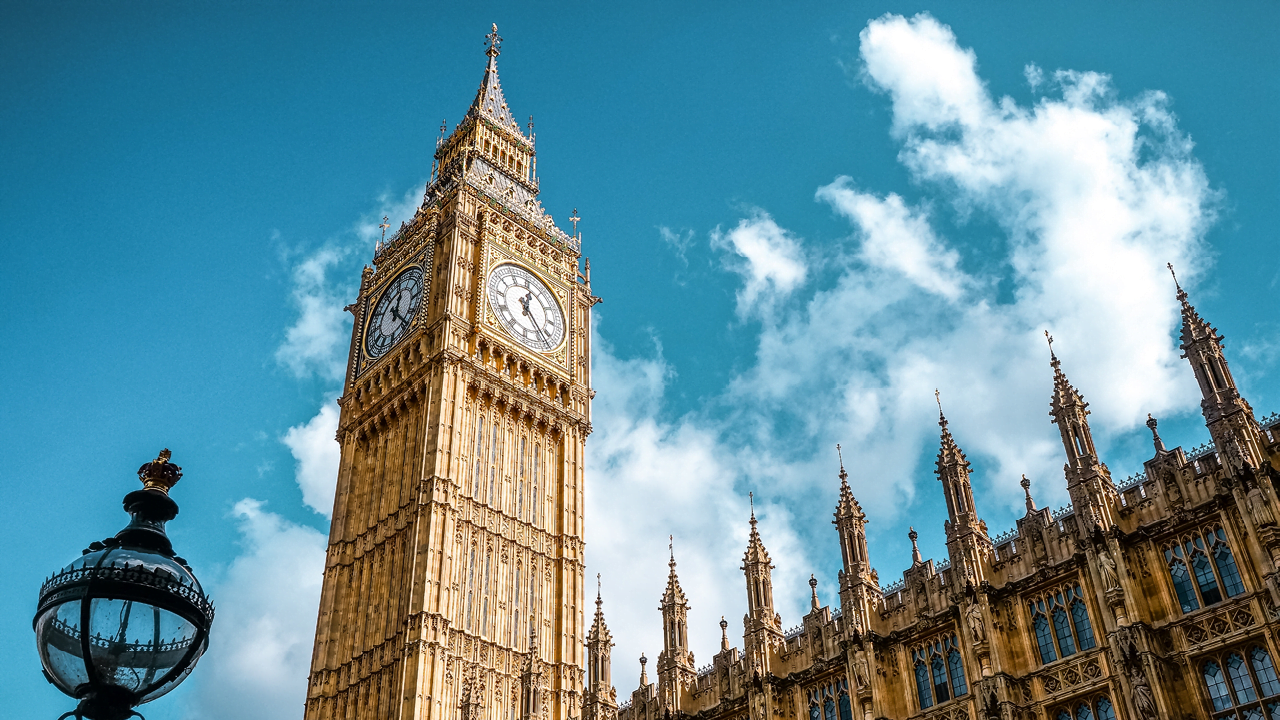Cultural Restitution
SHARE ARTICLE
Napoleon Bonaparte is known as one of history’s most accomplished plunderers. After his defeat and exile to Saint Helena in 1815, the Allied nations set about restoring territorial frontiers and recovering looted works of art. But their failure to agree protocols to protect against future plundering would have dire and lasting consequences.
The Allies were certainly anxious not to repeat further damage to each other’s cultural heritage, but this protection was never written into either version of the two Treaties of Paris, signed by France and the Allied nations in 1814 and 1815. This failure would give licence to another eighty years of untrammelled looting.
It's a legacy highlighted in Cynthia Saltzman’s Napoleon’s Plunder and the Theft of Veronese's Feast, which is not a book about restitution, more about plundering. It traces the complicated history of one of the most magnificent of Italian works of art looted to order by Napoleon: Paolo Veronese’s huge painting of the Wedding Feast at Cana. But our interest lies in the details she provides of the wrangling immediately following Napoleon’s exile to Saint Helena, when Allied powers failed to agree a consensus for protecting cultural heritage.
Unlike the majority of history’s looters, Napoleon Bonaparte set out to plunder art as a way of serving his political aims. Not for him a programme of random, chaotic looting. Instead, Europe’s finest collections of art were targeted for their works of greatest artistic significance. Relocating them to France was part of a deliberate strategy by Napoleon to assert the new French Republic’s political power and Imperial destiny.
And for a time, it worked. As the French army drove a bloody path through Belgium, Italy, Spain, Germany and Austria, agents compiled lists of these countries’ greatest cultural treasures, then boxed them up and sent them to the Louvre in Paris. The Louvre, according to Saltzman, would be Napoleon’s collaborator, ‘distracting eyes from the bloodshed and casualty counts, disguising his ruthlessness with the brilliance of its collections and transmuting that ruthlessness into glory’.
Napoleon’s looting was second only to Adolf Hitler’s. But unlike Hitler, Napoleon’s approach to plundering was far more systematic and orderly. Forcing treaties onto the defeated, not only did he make sure that millions of francs were paid into the French government’s coffers, he also secured his own right to pick from each subjugated nation’s choicest works of art. “The Pope will deliver to the French Republic one hundred paintings, busts, vases or statues, at the choice of the commissioners,” read the treaty that sealed the fate of the Vatican’s collection of art in June 1796.
Unpicking those treaties, signed under duress, would prove a problem when Allied nations began the process of dismantling Napoleon’s empire. Should the terms of these treaties remain legally binding? Could the Louvre continue to retain ownership?
Early attempts to repatriate were mixed and despite a shared resolve to recover stolen treasures, repatriation for the Allied nations proved anything but simple.
Negotiations by individual states with the newly installed French government of Louis XVIII met with gestures and only modest returns of works of art. While over at the Louvre, officials stood resolute against returning any of the looted paintings and sculptures in their collection.
Why did the Allies allow the French to resist returning what was so clearly not their own property? The initial view taken by the Allies, and especially the British foreign secretary Lord Castlereagh, was they didn't want to discredit the new French Government. They wanted France to maintain its place among the European powers. As a result, they were reluctant to impose formal steps to enforce repatriation. Saltzman describes how an attempt by the Prussian minister of state, Wilhelm von Humboldt, to recover works Napoleon had seized in Potsdam and Berlin, initially met with the Prussian minister backing down, agreeing to take French pictures in exchange for France keeping most of their looted works.
But even Castlereagh’s patience soon began to wane. In August 1815 he brought the issue of restitution before the other European powers. “We were all of the opinion that something must be done,” he told Lord Liverpool. They discussed whether art “ceded by treaty” should be treated differently from other art seized by conquest. But Castlereagh came to the view that all Napoleon’s acquisitions were plunder and therefore all should be treated the same.
After Waterloo and Napoleon's second defeat at the hands of the Allies, which led to the the second Treaty of Paris (November 1815), they finally decided it was time for individual countries to take possession of their own plundered works - anyway they could. The Austrian foreign minister, Klemens von Metternich, was among the first to take unilateral action, removing the four Horses of Saint Mark’s, looted by the Venetians from Constantinople in 1204 and pulled down from Saint Mark’s Basilica by Napoleon’s chief of staff, General Berthier in 1797. Winched down from the top of the Arc de Triomphe, the four Horses would be returned to Saint Mark’s in Venice where they remain today.
From a heritage perspective, the second Treaty of Paris was a wasted opportunity. It attempted to bring 'order and tranquillity’ to the process of rebuilding Europe, but it failed to seize the opportunity to impose protocols for protecting and returning cultural assets. Allied nations may have felt they'd done enough to protect themselves against future plundering. But they couldn't or wouldn't agree to a set of multilateral protocols. Selfish, economic interests were allowed to prevail. Evidently, the prospect of growing trade and wealth by exploitation of their colonies was a greater priority than the protection of another nations' cultural heritage Those protocols could wait.
It wasn't until 1899, when the Hague Convention became one of the first multilateral treaties to address the conduct of warfare, that pillaging and confiscation of private property was finally prohibited by law. Learning from the failures of the 1815 Treaty, it ensured that no distinction was made between ‘civilised’ and ‘uncivilised’ nations, a situation the 1815 Treaty had failed to address. As a result of this failure, eighty years of empire building followed, allowing colonial powers complete freedom to continue their plundering in every other part of the globe.
And what became of Veronese's majestic masterpiece, Wedding Feast at Cana? She remains in the Louvre, the victim of a plan hatched by Napoleon's director general of the Louvre, Dominique-Vivant Denon, who arranged for the Austrian Emperor, on behalf of Venice, to exchange a lesser painting by French artist Charles Le Brun in return for the Louvre holding on to the Veronese, a work of incalculably greater monetary and artistic value. Another painful lesson of Napoleon's plundering.
Cynthia Saltzman, Napoleon’s Plunder and the Theft of Veronese’s Feast. Published by Thames & Hudson (2021)



